How composer Yann Tiersen reimagined his back catalogue from a remote island studio
For his latest record, Portrait, composer Yann Tiersen reclaimed and re-recorded works from his entire career, in his custom-built island studio – we explore his process.
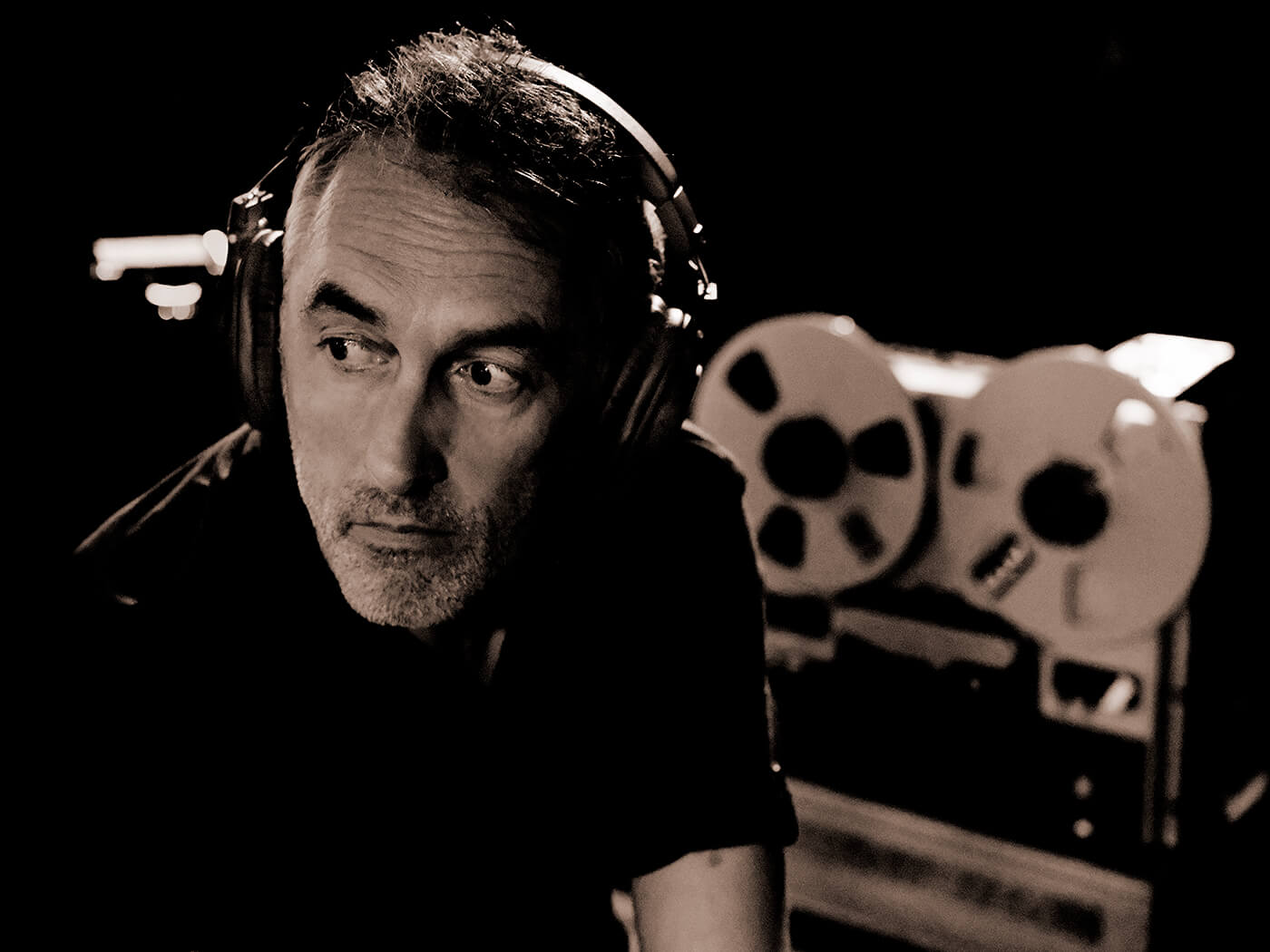
For Portrait, Tiersen used an all-analogue record path, tracking to tape. Image: Richard Dumas
When talking to Yann Tiersen, what quickly becomes clear is that at the heart of his approach to music-making is the tension of juxtaposition. Whether setting ‘light’ against ‘dark’, industrial music against acoustic instruments, or making electronic music on a remote island as far away from an urban centre as possible, he’s drawn to both ends of the axis at once. Perhaps his earliest musical memory helps explain the breadth of his musical interests.
Early musical odysseys
“When I was just four or five years old, in the middle of the 70s, I went with my parents to a sort of psychedelic sonic installation with orchestra. I don’t remember what the gig was, but I do remember the lights and that the violin bows were made of glass. It was like Star Wars – something weird and sci-fi!”
“I got obsessed and asked my parents if I could learn the violin just because I wanted to have this crystal, swirling instrument. As you can imagine, I was really disappointed when I got my first violin! I studied violin and piano at music school until I had a musical crisis at 13 and asked for an electric guitar for Christmas. And then for 10 years, from that point, no acoustic instruments.”
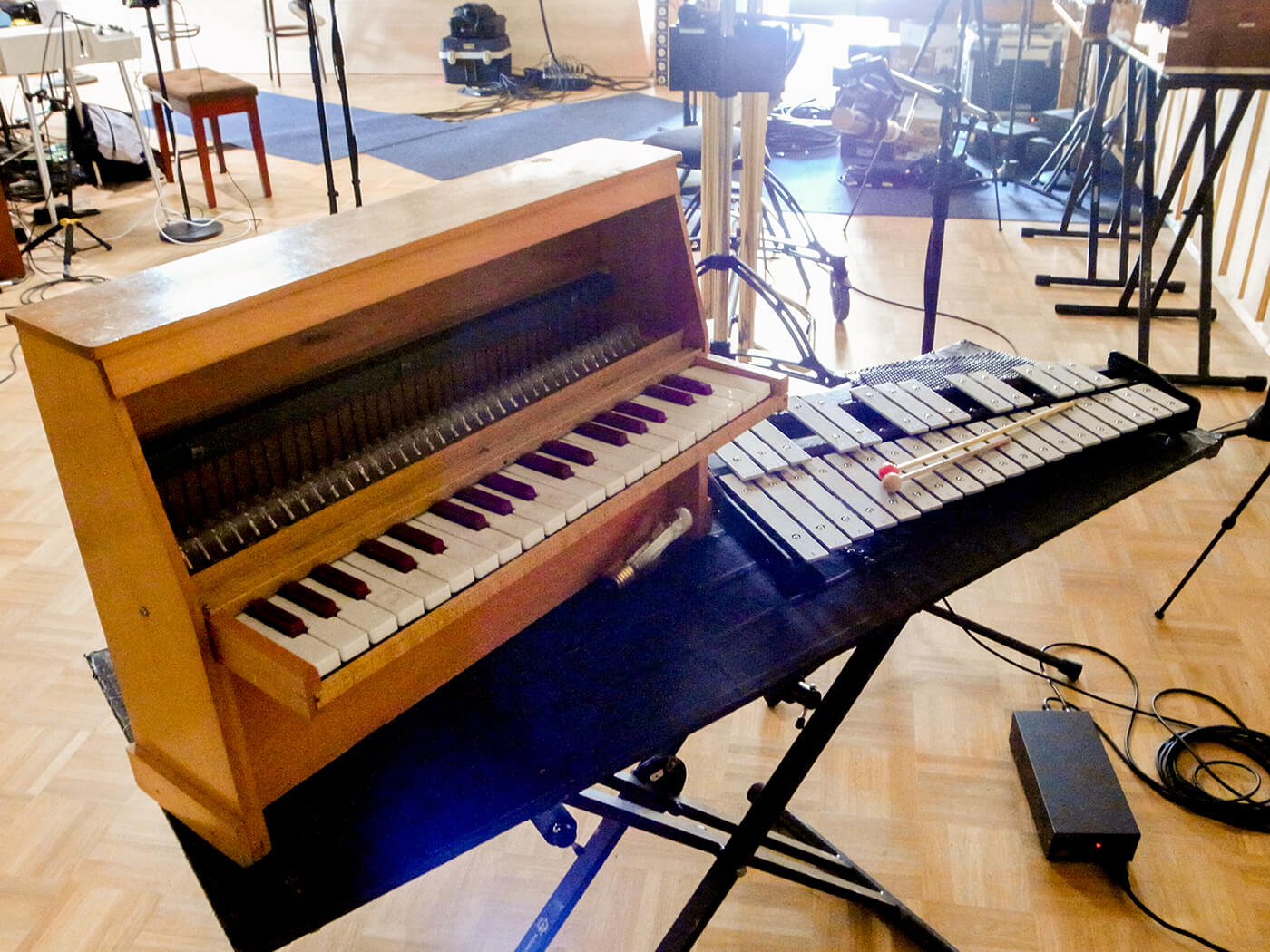
And so began a musical journey that swapped one type of music-making for another and, crucially, a move to a more experimental approach.
“For those 10 years, it was me just trying to make a lot of noise with guitars. But during that time, I also bought my first synth – a Roland Juno-106. I did some gigs with my Juno and a Moog and an Atari ST. And then I got into samplers, starting with the Korg DSS-1, which was really good because it had analogue filters. I used it a lot!
“I saw [German experimental group] Einstürzende Neubauten around that time and it was a revelation. So I got into sampling noises and making music from it. And then after a while, I started to think it would be really weird to use toy pianos and accordion with this kind of music and that’s how I found my way back to acoustic instruments. I was so into electronic and industrial music but, for me, it was really new at that time to use a violin, or a piano. And after that, I got really into Steve Reich, too.”
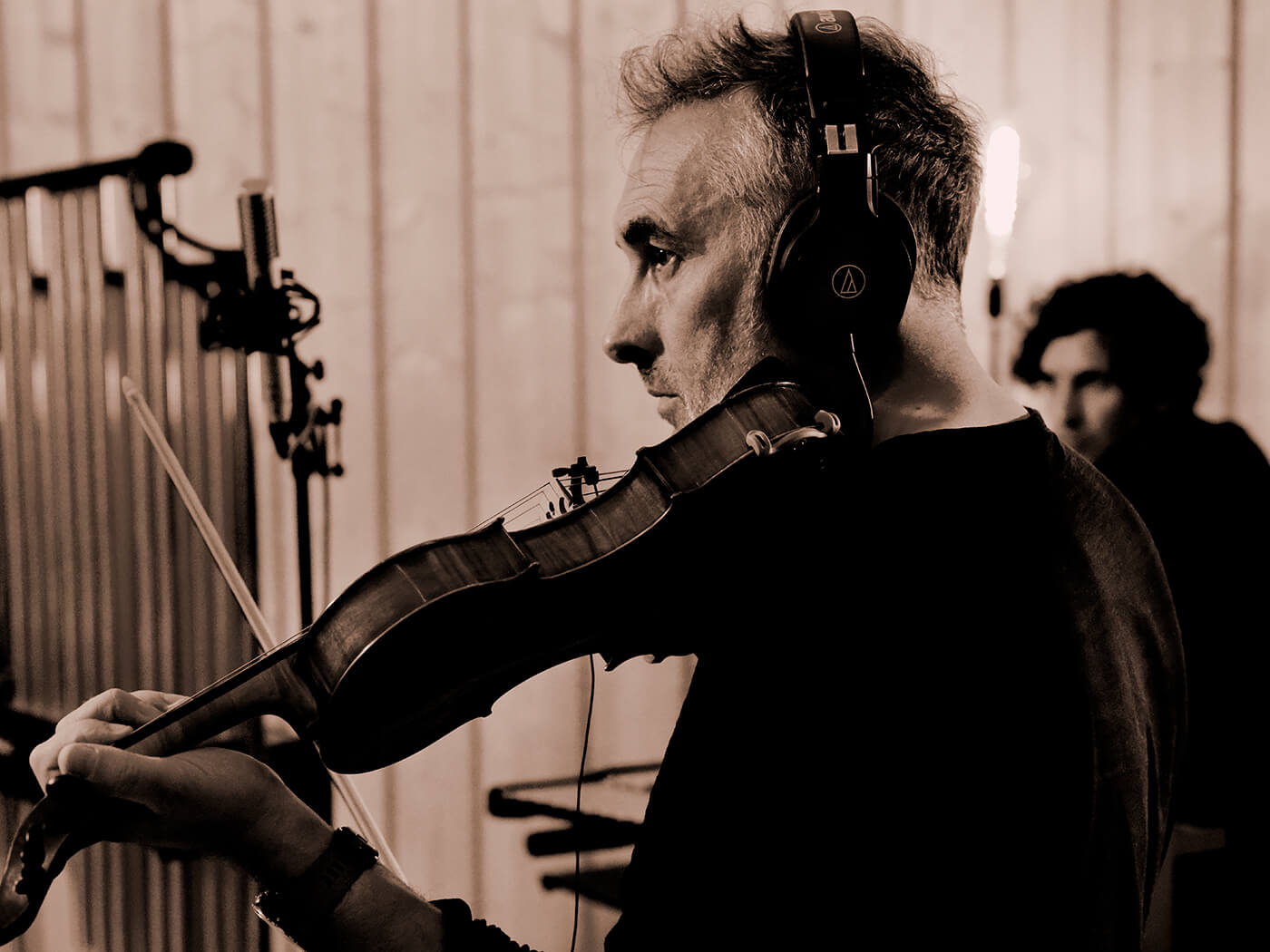
Rediscovery
So, by 24, Tiersen had had a ‘traditional’ musical grounding, experimented at the outer limits of industrial electronic music and then discovered minimalism. All three of these contrasting themes are present in his music today and it’s clear that the tension that comes from them working alongside each other remains a key requirement of Tiersen’s creative process.
“There is always a balance between light and darkness. Even in simple melodic pieces; I see melody as something abstract, with lightness and darkness combined. I like this opposition,” he says.
Tiersen is perhaps best known for the inclusion of his music within the film soundtrack for 2001’s Amélie. Several pieces from Tiersen’s catalogue were selected to form its score, but the process left him frustrated, perhaps directly due to the context in which the film placed them.
“Strangely, for a while, it [this ‘opposition’ he describes] disappeared a bit, because my music was used on film. It was used for ‘light’ moments or just seen as beautiful music and all of the darkness was forgotten. It changes the interpretation of the music when it appears in this different form.”
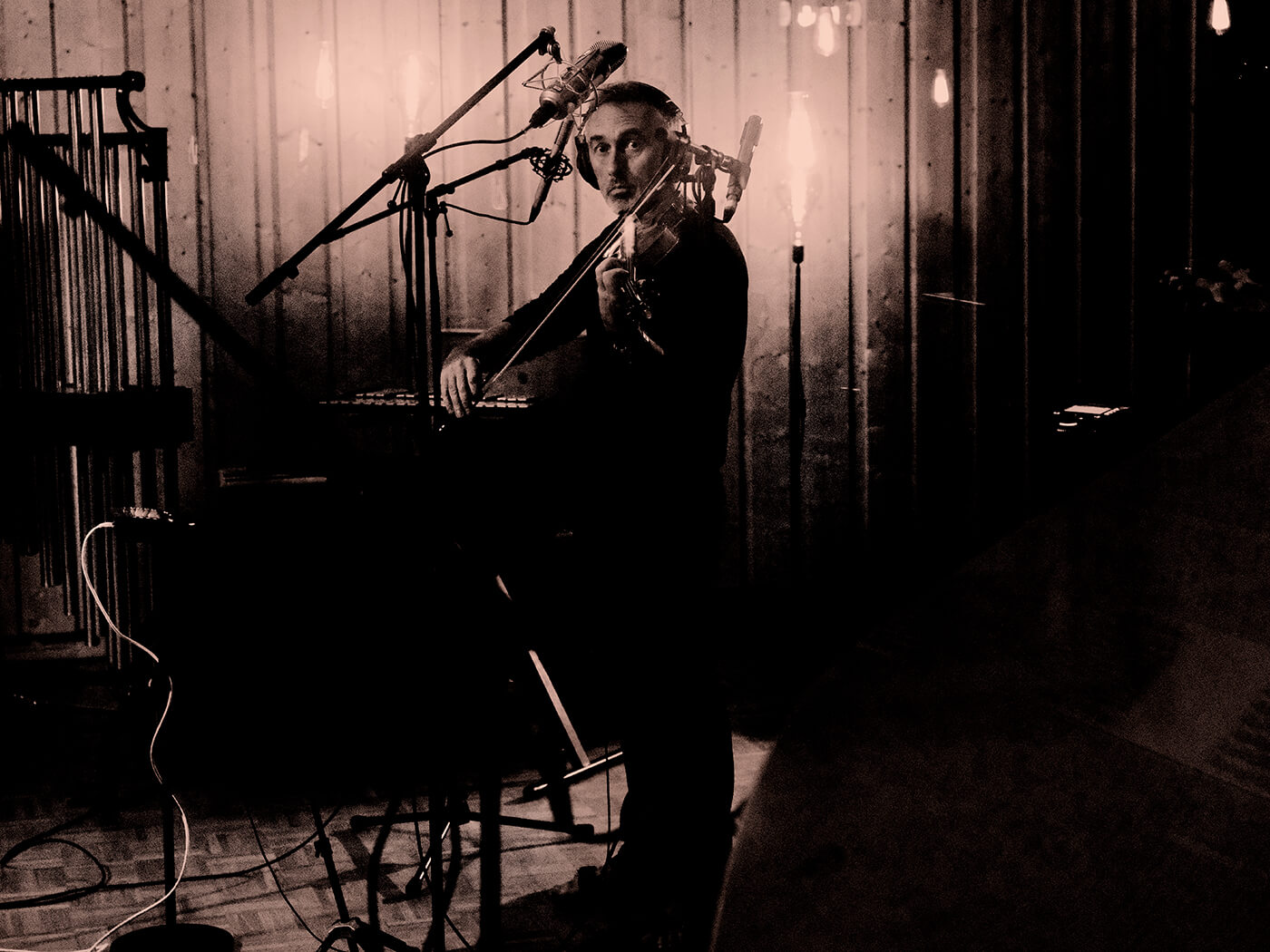
In fact, it has taken Tiersen some time to emotionally reclaim some of the pieces from his earlier catalogue, to reform a bond with them. His new album, Portrait, brings together a collection of works from throughout his career. There are new tracks and new versions of some more well-known pieces, too and it’s clear that both distance from those and touring have helped him find peace with them.
“With my band, we had this energy onstage when we started touring after the last album, All. We found sober, subtle and minimal versions – but in some cases quite full-sounding as well – and so we built the set with older songs which I haven’t been playing for a while.
“And then, really early in the rehearsal process, I started to think, ‘We need to rehearse for the gigs, but we also need to start thinking about making an album because I think we have something precious here.’ Normally, you make an album and then you tour and there is a maturation of the songs and at the end, I always think, “Oh shit, it’s better than what’s on the record!”
Tiersen found that he was able to avoid that by making an album after touring. “Some of the versions are – I think – much better than previous recordings and some are just different, new interpretations. When I made the first album, I made them to ADAT – which is crap – so these feel so much better!”
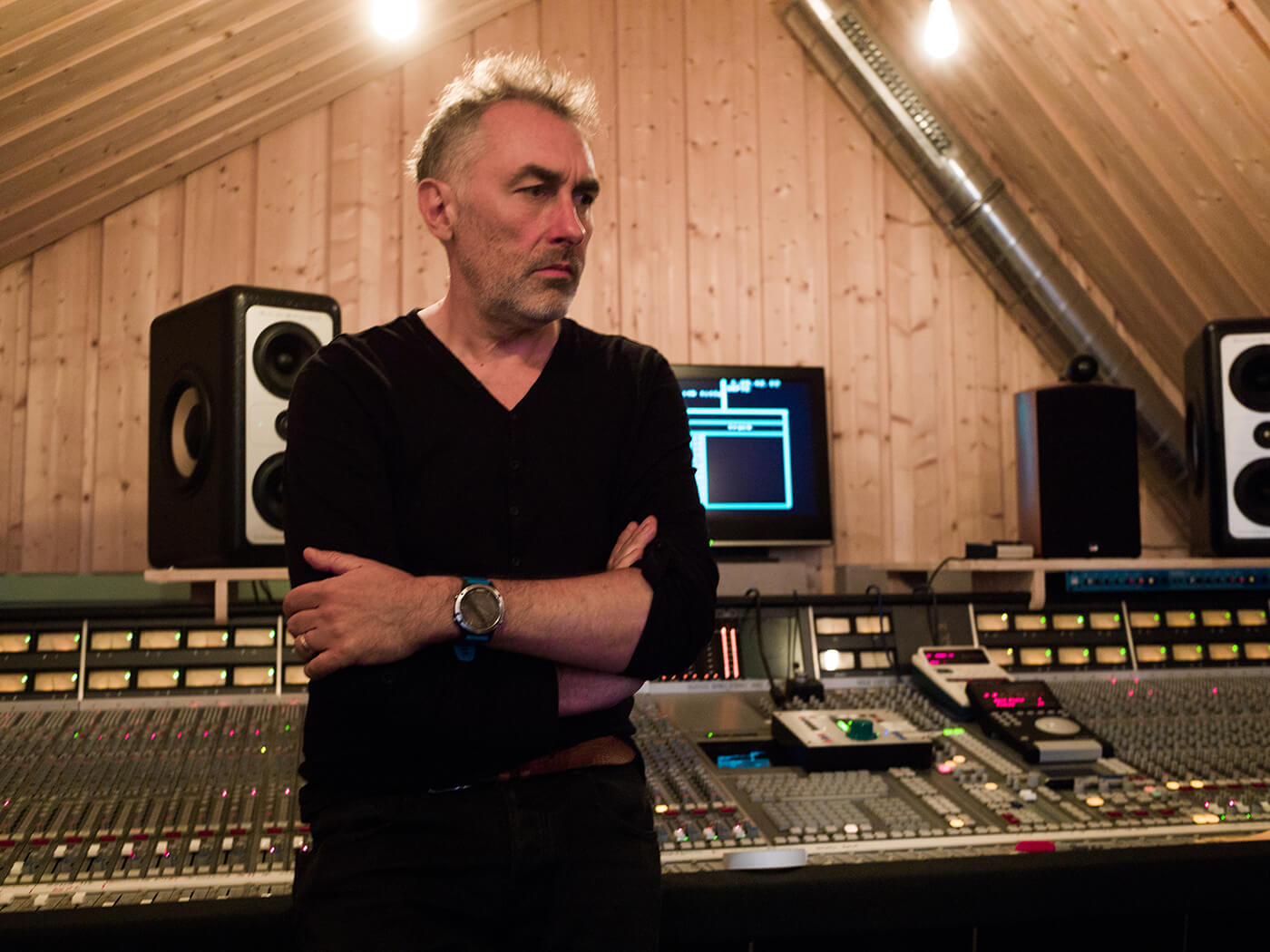
A life in tech
This leads neatly to a discussion about technology, which is a subject close to Tiersen’s heart and his creative process. “I first started out making music with tapes. First, I had a 4-track cassette recorder and then an 8-track Fostex ¼-inch, then I had a really good 12-track analogue Akai recorder – I don’t remember the name, but it used what looked like videotapes – and it sounded really good. It wasn’t reliable, but it sounded amazing.
“Sadly, after that, I switched to ADAT because it was really cheap. With ADAT recorders, you could stack them and have 32 tracks, which was convenient. But the quality wasn’t good. But let me say that I’m not against digital at all. I use Ableton a lot, for a start. But, I do remember the switch to digital recording and thinking, ‘It sounds so cold’, and then thinking of ways to try to warm it up. It’s strange, instead of thinking ‘analogue sounds better’, I switched to digital and then had to find ways to work around it.”
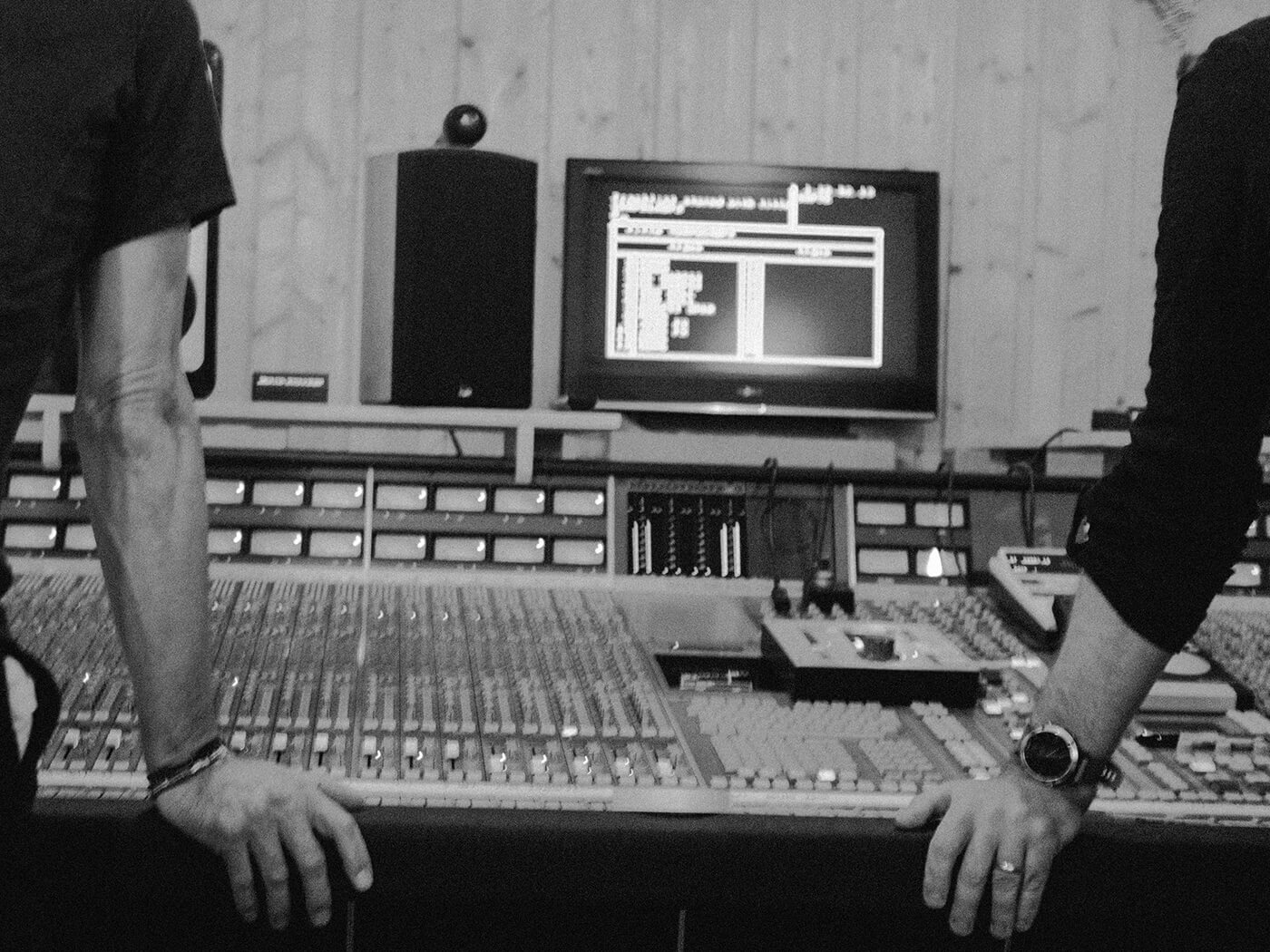
His new album Portrait has been made steadfastly in the analogue domain and it’s when discussing this that we get to the centre of Tiersen’s beliefs about recorded music.
“I do believe that not translating music into numbers changes something. It’s not a question of accuracy, but it’s something light and organic. It’s electricity, a physical reaction, all the way through, from the mic to the magnet to the tape and then to the membranes of the speakers or the trembling needles of the turntable. And all of that takes place in the real world.”
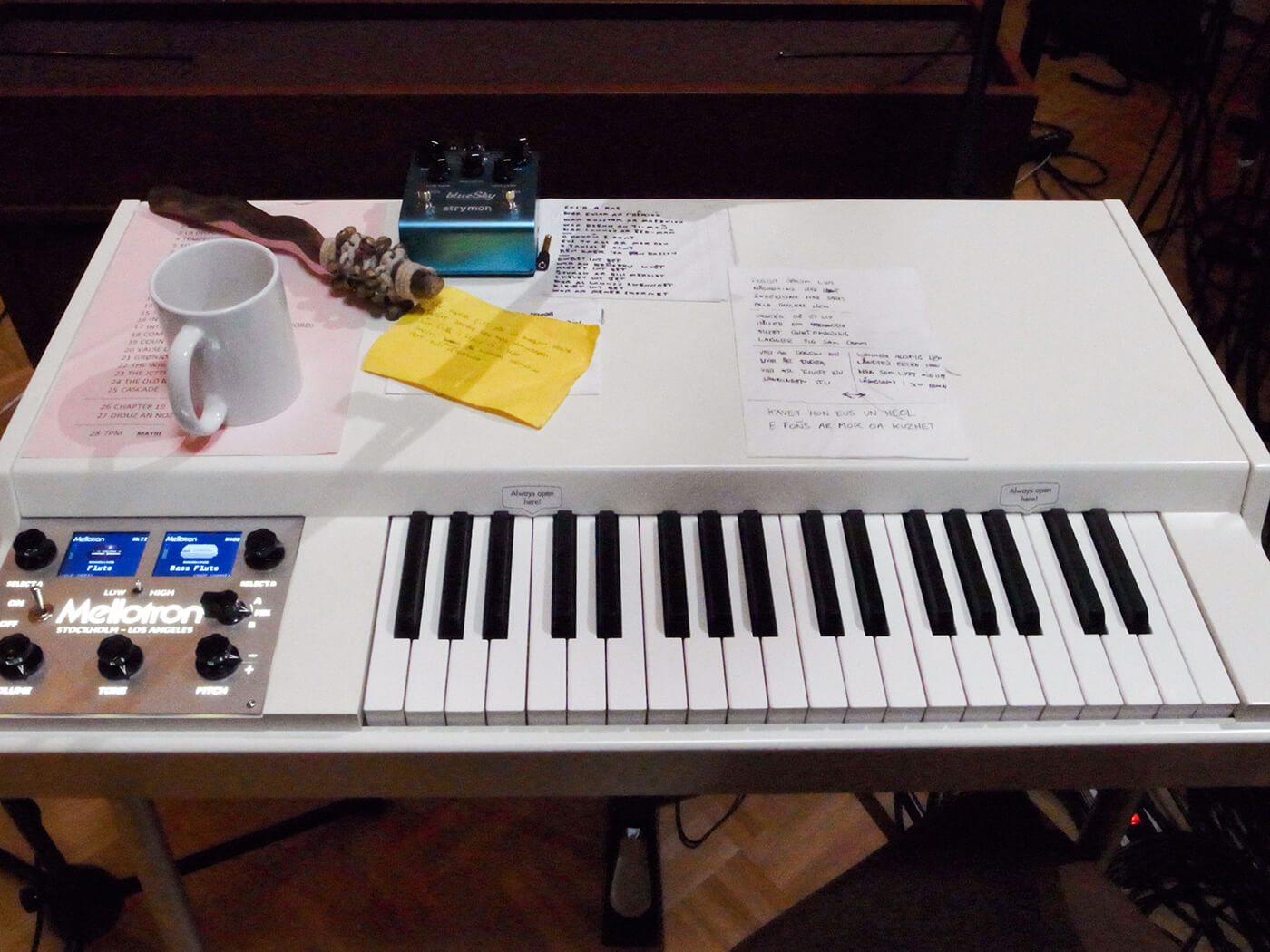
Collaborative recording
The collaborative process forged on stage has continued into the studio in musical, production and engineering terms. Concerning the latter, Portrait sees the return of the legendary Gareth Jones (Depeche Mode, Erasure) as producer and engineer, though it’s clear that the relationship between the pair far exceeds the technical.
“We started working together for the album Infinity. I love Gareth. We understand each other a lot. He’s a friend and he brings musical ideas as well – it’s a really good relationship. I think we’re quite efficient together. It’s so cool to have him and to be able to rely on him. Musically, we’re always on the same line. Sometimes, we’re both thinking “maybe we can have something else in this track” and – strangely enough – we always end up adding some synth!”
A mic selection to die for
Synths aside, it’s clear that from the all-analogue recording approach, mic choices were always likely to be key, too.
“We used a lot of ribbon mics – Coles and Royer. Gareth put some DPAs on the piano, along with a Schoeps. We used a Neumann U 87 and a U 47 replica and the [stereo] Royer SF-24 – I really love this microphone. We used that a lot. Gareth did one take of the harpsichord in mono, because we were running out of tracks, which is really good for the creative process as well. Having 24 tracks, you have to make choices, which is cool.”
Portrait also sees musical collaborations from guests including Super Furry Animals’ Gruff Rhys, John Grant and Blonde Redhead, alongside Emilie Tiersen, Ólavur Jákupsson and Jens L Thomsen, from the touring band. Settling down to listen to the album from the start, however, perhaps the most startling contribution comes from Stephen O’Malley of Sunn O))).
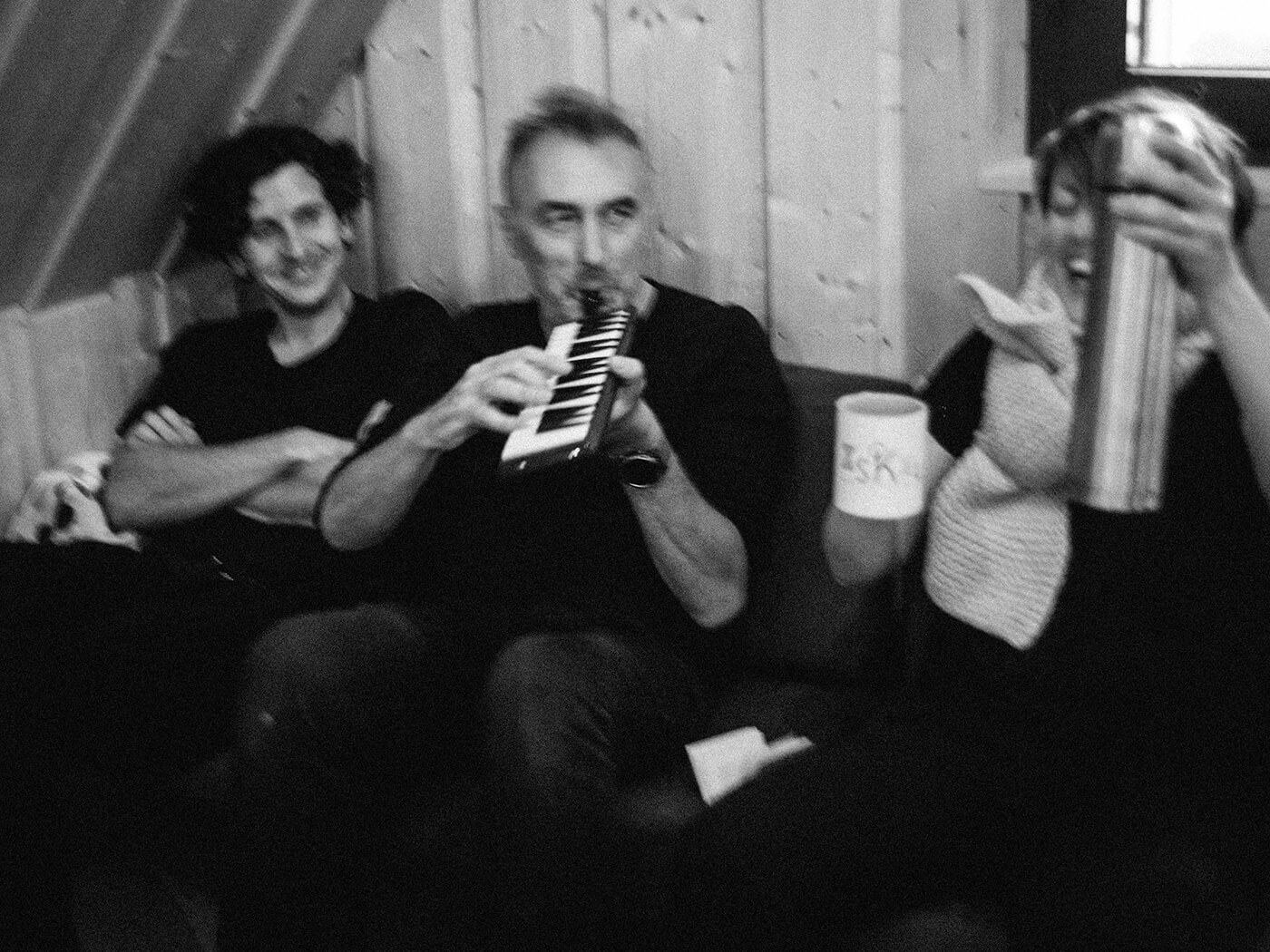
“The track Prad is a piano track I did for All. When I originally recorded it, I was thinking of bringing heavy guitars and thinking about Sunn O))) a lot. I tried something quickly by myself right at the end of that process, but it was not right and not what Stephen would have done! So I left it. But later, he came to visit the studio and I’m really such a huge fan.
“So I asked him if he wanted to do some stuff on the album, he came back and it was wonderful. On Prad particularly, it was exactly what I was imagining. Stephen’s guitar provides the context for this piano tune. He was so precise and so intuitive… it was a great moment.”
The all-analogue record path, recording to tape and the benefits of collaborating with trusted musicians all clearly delight Tiersen, too.
“Of course there is hiss, but who cares? I love hiss! But it changes the musical process, too, because when you do a take, you have to do a good take. Because if you want to edit it, it’s hard work. So you play better. There was a sense of tension in the studio as well which can be scary or nerve-wracking sometimes, but it’s great and so full of energy.”
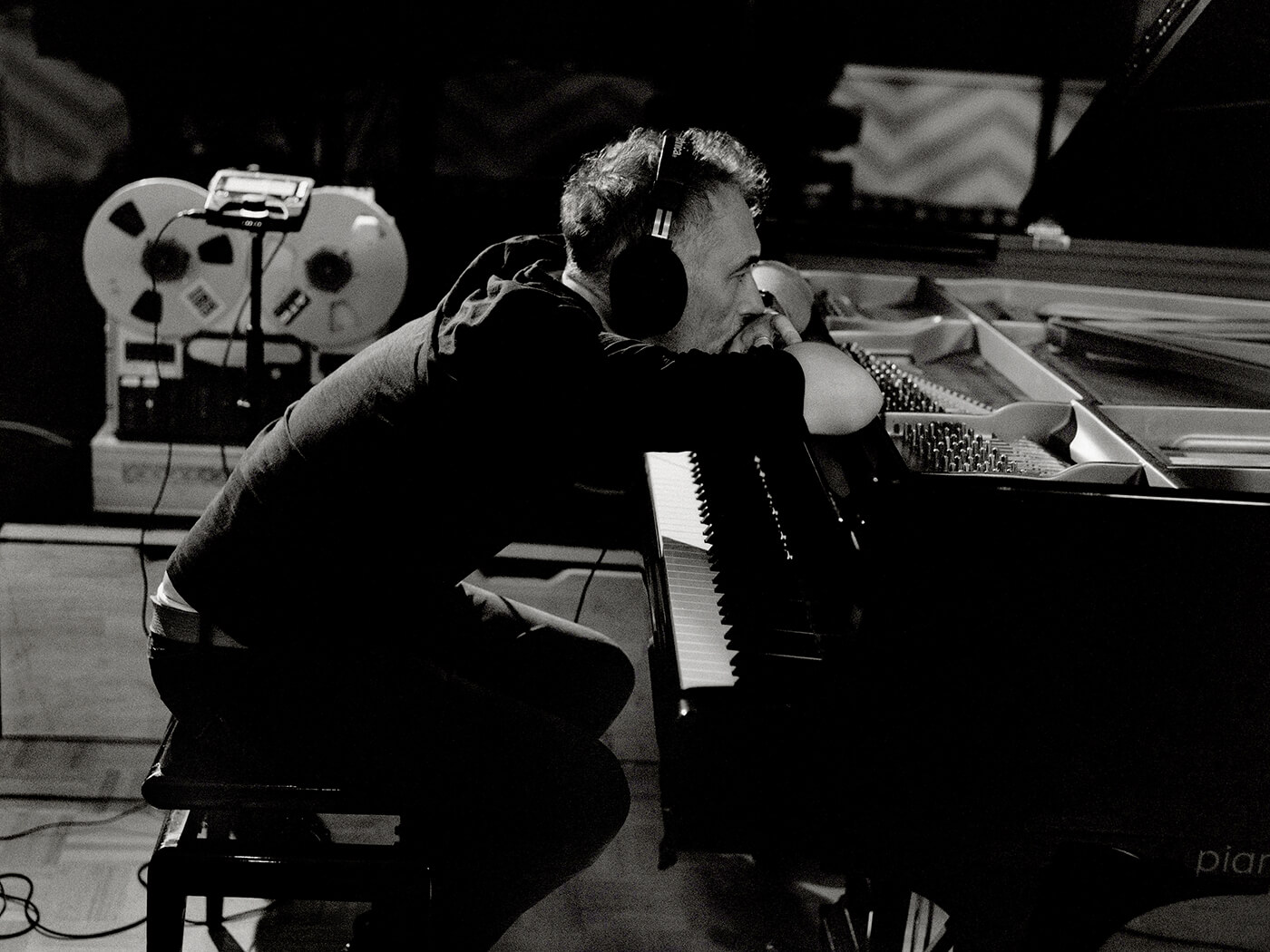
New creative options
The conversation turns to The Eskal, Tiersen’s new custom-built studio on Ushant, an island off the coast of Brittany in the Celtic Sea. He’s unequivocal about the impact it has made on his process: “It’s a dream come true. I always recorded my albums myself, so I didn’t spend too much time in big studios because it was too expensive. But I do think it’s really important to work in studios and book studio time.
“Even if you’re working in digital, it’s not the same being in a studio as being in your room. Having the chance to have a beautiful live room makes me just want to spend time here. Every day I come to the studio, even if I don’t have work to do and it’s like: ‘It’s so good to be here!’
“I was so lucky because, when I built the studio, I didn’t do any acoustic treatment. After we finished building it, we did some recordings and discovered a beautiful sounding room, so I was like, ‘Okay, I won’t touch it!’ I want to record all the time and to record my friends and collaborate. There is the live room and there is also studio B, which is for my synth collection and some modular gear.”
On the subject of the new wave of modular synthesis, Tiersen is also enthusiastic: “I love that everyone can have a go. It’s funny because modular synths used to be so expensive and be something just for musicians with lots of money. And now it’s kind of the opposite. Everyone can start with a small system and build it.”
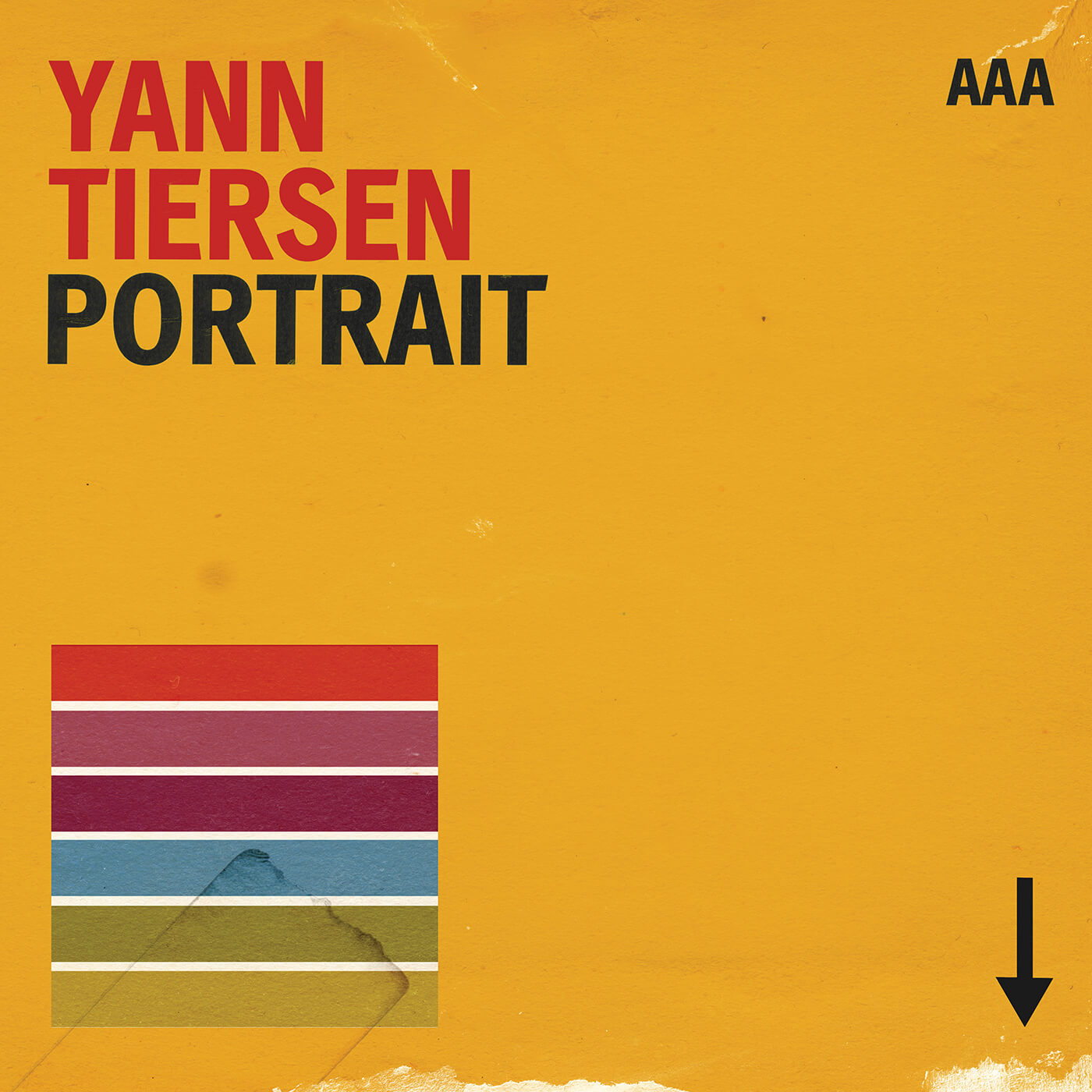
And, when asked whether his love of modular correlates with his feelings about electricity and a direct relationship with sound, he agrees wholeheartedly.
“Yeah, it’s beautiful. Electricity. Electronic music has something really natural about it as well. That’s why I love being here, on an island, surrounded by nature. It feels like a good environment for electronic music. People are always thinking about electronic music in an urban environment, but here, you can work with modular synths and you can open the door and you’re in front of the sea.”
So we leave Yann Tiersen just as we found him, juxtaposing electronic music with rural surroundings, painting canvasses of noise behind deceptively minimal piano works and carefully balancing live performances in a custom-built recording studio. No wonder they say that opposites attract.
Yann Tiersen’s new album, Portrait, is out on Mute on 12 December